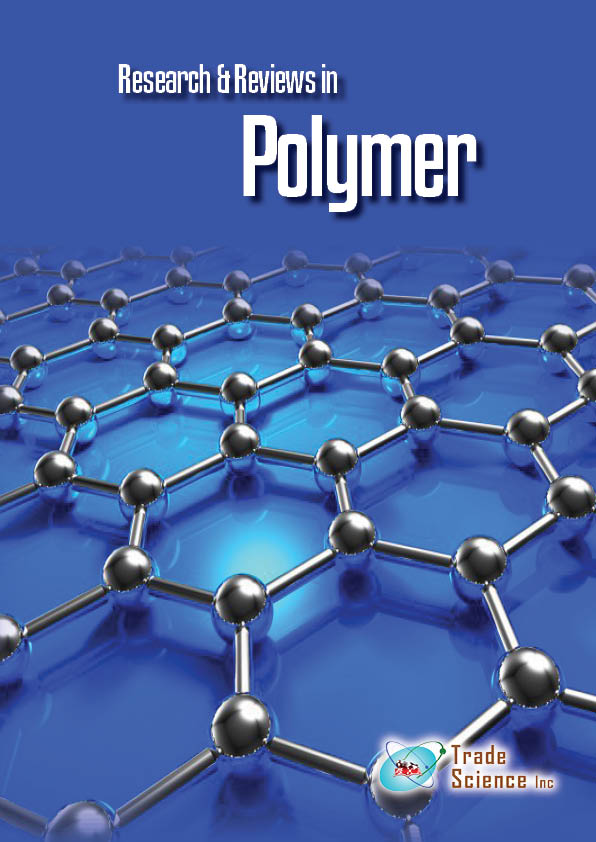Abstract
Bio-based thermosetting epoxy foam: Tannic acid valorization Toward dye-decontaminating and thermo-protecting applications
Author(s): N. Esmaeili, A. Salimi, M.J. Zohuriaan-Mehr, M.Vafayan, W. MeyerBio-resourced thermosetting epoxy foam was prepared from tannic acid by two
different process i.e.; thermo-insulating and dye-decontaminating. Epoxidized Tannic
Acid (ETA) foam was formed without using any flammable foaming gases or organic volatile compounds. The thermal conductivity, foam density, and closed-cell content were studied.
In addition, TGA exhibit high char yield (48.3% in air and 49% in N2) at 600C along with
high LOI (36.8 in air and 37.1 in N2). The high intumescent char yield and high thermo-stability along with low thermal conductivity approve the foam suitability for being used as
an insulating agent. In Addition, absorption of methylthioninium chloride onto ETA foam was
vigorously investigated. The study of ionic strength, contact time, initial sorbate
concentration, solution pH, initial sorbate concentration and desorption revealed the dependency of the sorption process to pH . The investigational figure suited well with the Langmuir isotherm
(R2 = 0.997), yielding maximum sorption capacity of 36.25 mg/g (ETA foam = 0.05 g, pH
=7, MB concentration = 50 ppm, Volume= 25 mL). The dynamic data verified that methylthioninium chloride sorption can be represented by false (pseudo) second-order model. Generally, the Epoxidized tannic acid foam can be used as a candidate for removing thermal insulator, self-extinguishing or intumescent materials and cationic pollutants.
Many industries use thermosetting epoxy foams as lightweight materials to produce automotive, electronics and buildings, which have remarkable properties such as good thermal and chemical stability, low density, superior adhesion to various substances and high mechanical strength.
Unfortunately, Epoxy resins are produced from non-sustainable fluctuating price petro-resources.
Bio-resourced thermosetting epoxy foam was synthesized by two steps for diversifying
Tannic acid (TA) applications towards two different uses (i.e., thermal insulation and water treatment). Based on our recent research, Tannic acid was epoxidized via glycidylation and then the ETA was simultaneously cured and foamed in order to achieve the foamy product with a high yield. The foaming process was performed with the help of water, as a green blowing agent, without making use of any flammable foaming gases or organic volatile compounds. The product was then evaluated as a thermal insulating material and cationic dye sorbent.
Keywords: adsorption kinetics, dye-decontaminating, thermo-insulation, thermosetting foam, green building blocks

